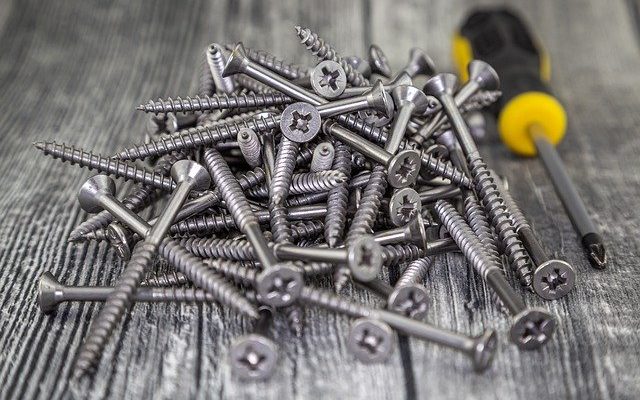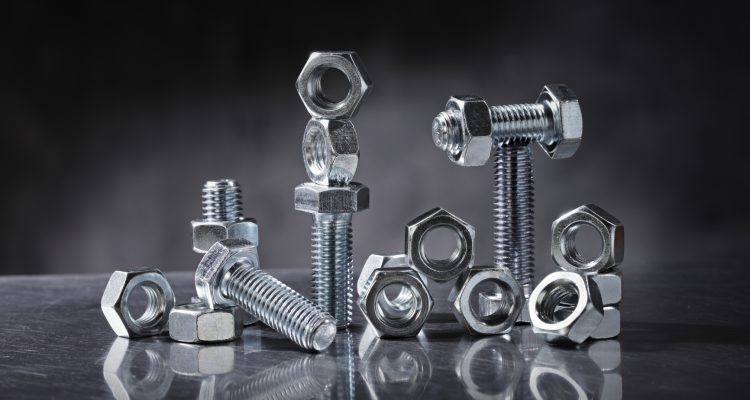
What is the difference between a hex head bolt and a heavy hex bolt
Hex head bolts typically have a head width of 24 mm, while heavy hex bolts are broader at 27 mm, offering enhanced strength and better load distribution for heavy-duty applications.
Head size
The head width of an M16 standard hex head bolt is 24 mm, while the head width of a heavy hex head bolt of the same specification can reach 27 mm.
The fatigue life of heavy-duty hexagon bolts is about 20% longer than that of standard bolts because of its larger head. Bolts with larger heads are also more suitable for offshore platforms or high-corrosion environments, and the larger contact area can better disperse the corrosive effects of the environment on the connection point.
Strength and durability
A standard M16 hex head bolt has a tensile strength of 400 mpa, while heavy-duty hex bolts of the same specification can reach 600 mpa or more. This increase in strength makes heavy-duty hex bolts more suitable for structural applications that bear heavy loads, such as large machinery, bridge construction and structural connections in tall buildings.
Heavy-duty hex bolts for offshore platforms are galvanized or plastered to resist the corrosive effects of saltwater environments. Heavy-duty hex bolts exhibit superior thermal stability over standard hex bolts and can operate continuously at up to 300°C without failure.

Apply
Hexagon head bolt application:
Hexagon head bolts are used for furniture assembly, fixing mechanical equipment, vehicle maintenance and architectural decoration. M8 or M10 hex head bolts are used for household cabinet installation, and in light industry hex head bolts are also used to assemble smaller machinery or equipment.
Heavy hex bolt application:
Heavy hex bolts are mainly used in large construction projects, bridge construction, heavy machinery and energy facilities. When constructing highway Bridges, high-strength heavy-duty hex bolts (such as ASTM A325 or higher) are used to ensure the stability and durability of the structure.
In heavy industry and mining, heavy hex bolts are used to secure heavy equipment and transmission systems due to their excellent wear and fatigue resistance. Heavy-duty hex bolts are also used in offshore platforms and oil drilling facilities.

Standards and specifications
Standard and specification of hexagonal head bolts:
Hexagon head bolts comply with international and regional standards such as ISO 4014 and DIN 931. ISO 4014 standard hexagon head bolts, the material can be carbon steel or alloy steel, bolt diameter from M1.6 to M64, the length can be from a few millimeters to hundreds of millimeters.
Hexagonal head bolts also need to meet specific tensile strength, shear strength and elongation. A standard hexagon head bolt needs to achieve a tensile strength of at least 400 MPa and a minimum elongation of 12% to ensure that it does not break under load.
Standards and specifications for heavy hex bolts:
Heavy hex bolts usually follow more stringent standards such as ASTM A325, ASTM A490 and so on, ASTM A325 standard heavy hex bolts are used for structural steel connection of high strength bolts, its tensile strength must reach 830 MPa or more, and ASTM A490 requirements are higher. The tensile strength is over 1040 MPa.
In addition to strength, these high specification bolts meet stringent weather resistance requirements, are made of high-grade alloy steel and are heat treated and/or coated to increase their corrosion resistance. Heavy-duty hex bolts for offshore platforms may require additional galvanizing or plastering treatment to resist corrosion from seawater.



